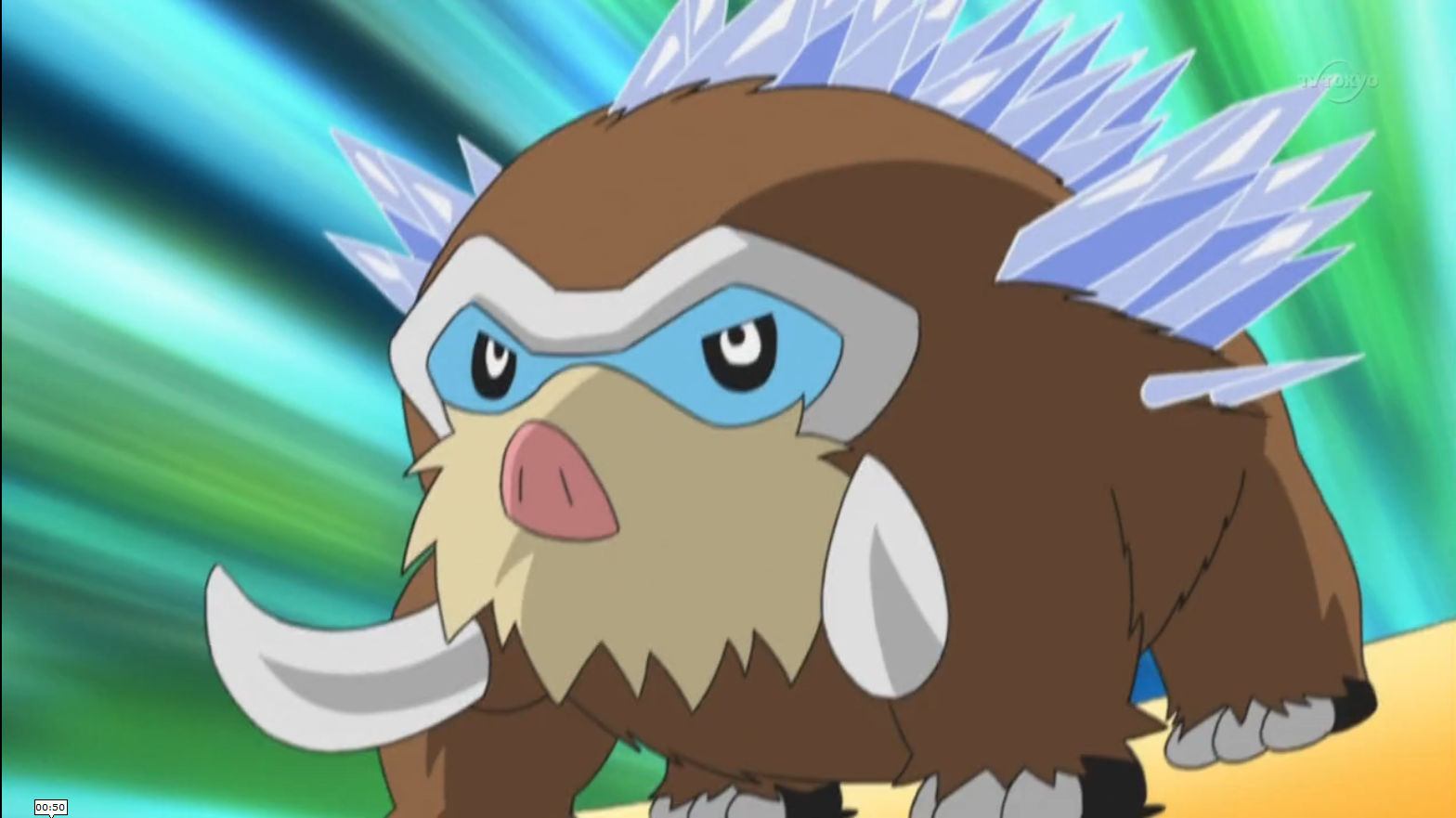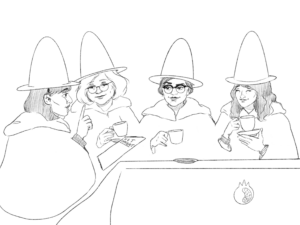Appendix:
NatMysteryCast returns to the ever-endearing world of Pokémon! If you missed the exhibit on fossil Pokémon, I’d recommend listening to that episode first, because we’re diving right back in. This week, we look at prehistoric creatures within the Pokémon universe that have survived into the modern day, and the animals that they parallel from our own world.
Giant insects, Greek myths, and ancient cryptids? The inspirations for these extant Pokémon might surprise you!
Fearow


Fearow may not spring to mind immediately when one thinks of ancient Pokémon, but according to the Pokédex, it’s been around for about as long as humans have been creating art.
Fearow is based on the anhinga: a bird with a serpentine neck and a spear-like beak from the warmer climates of the Americas, such as the Everglades or the Amazon. In regions where the anhinga can be found, it is sometimes referred to as the “devil bird” or “snake bird.” The Japanese name for fearow is onidrill, meaning “demon drill,” inspired by both the anhinga’s appearance and colloquial name.

Yanmega


Yanmega is inspired by the largest dragonfly ever to exist: Meganeura monyi. This ancient dragonfly existed during the Carboniferous period, predating mammals, dinosaurs, and even some of the earliest reptiles. It was among the first living things to achieve flight, and had a wingspan averaging 24-28 inches.

The oxygen content during the Carboniferous was exponentially higher than it is today, allowing the bugs of the era to develop highly efficient respiratory systems. This in turn allowed them to grow to monstrous proportions. Meganeura terrorized prey from above, but on the ground there lurked millipedes the length of cars and scorpions the size of pumas.
Relicanth


Relicanth is most directly based on the coelacanth, an ancient order of fish once thought to have gone extinct in the Cretaceous period. However, in 1938, a specimen was discovered in a fishing haul captured off the east coast of Africa. Since then, roughly 84 coelacanth specimens have been discovered. The coelacanth, relatively unchanged from fossil specimens that date back 66 million years, is now considered to be the most endangered fish species in the world. It is also known as a “Lazarus taxon,” meaning a species thought to have died out, only to reappear at a much later point in history.
There is a second, more obscure inspiration for relicanth as well. In the Pokémon games, relicanth is a rock-type pokemon as well as a water-type. Note that it’s head appears to be covered in a craggy, rock-like armor. This is most likely inspired by the placodermi, an extinct group of fish that existed about 433 million years ago. These fish developed plate-like scales on their heads and sometimes their torsos as well. Relicanth’s cranial design appears to have been lifted from placoderms such as dunkleosteus.

Mamoswine


From the Pokédex entries above, it’s easy to see that mamoswine is a more light-hearted take on the fate of the woolly mammoth, which went extinct at the end of the Ice Age some 10,000-4,000 years ago. One entry mentions a mamoswine found encased in ice, which then woke up out of a state of hibernation. This is Pokémon’s homage to the numerous mammoth carcasses found preserved in ice in Siberia and especially in the vicinity of the Lyakhovsky Islands.


While the Pokémon universe’s mamoswine “woke up,” reintroducing it to that fictional world, our scientists are having a bit more trouble reviving the mammoth. The hope is to take cells from preserved tissue in one of these frozen mammoths and implant them into a modern-day elephant to carry and birth a baby mammoth, but so far any genetic material retrieved from these specimens has been too degraded to be salvaged.
Tangrowth


Tangrowth is the more primitive-looking second form of tangela, whose name is a combination of “tangle” and “Medusa.” Tangela is loosely based on the story of Medusa, the Gorgon from Greek mythology. Medusa famously had snakes for hair, and anyone who gazed upon her would be turned to stone by her frightful visage. As a grass-type pokémon, tangrowth’s body is hidden beneath clusters of thick vines resembling Medusa’s serpents, and it can learn a number of spore or powder-based attacks that can paralyze foes.
Tangrowth and tangela may also draw from a style of architectural sculpture known as a “green man,” wherein a representation of a face is surrounded by sculpted plant matter, giving the plant material the appearance of being hair or a beard. Often the plant representations obscure the face itself.

Dunsparce


The unusual pokémon dunsparce is a bit of a visual gag that gets lost in translation from Japanese to English. It’s Japanese name, nokocchi, is an inversion of the name of the creature it’s based on: the tsuchinoko.

The tsuchinoko is a Japanese cryptid that resembles a snake with an extremely wide body tapering into a rat-like tail. Often described as being between 3-6 feet in length, the creature is said to be able to spring off the ground to attack, and to be able to mimic all manner of sounds including human vocals. Similar to legends of the American jackalope, the creature is said to be deceitful and predatory, but to be appeased by alcohol.
Although many of these tales fall into the realm of dubious folklore, representations of figures resembling the description of the tsuchinoko can be seen in Japanese artwork dating back to the dawn of civilization, giving many residents the hope that the creature may exist in the country’s unexplored mountain regions.
In the northeastern parts of Japan, the tsuchinoko is often referred to as the bachi hebi, meaning “bee snake.” Take another look at dunsparce. Note the fangs and rattle-like tail, the stripes, and the tiny bee wings. It’s quite a bit cuter than the tsuchinoko itself is often made to look.

Sources:
The Coelacanth: More Living than Fossil – Smithsonian
The Mysterious Tsuchinoko of Japan by Brent Swancer
Museum Management:
Museum theme by Michael Guy Bowman
Listen to more at: bowman.bandcamp.com
Rachel: Designer #UkuleleWitch @rachelvice
Tour Guide: Emery Coolcats
Guest Co-Host: David Gimnich
Twitter: @natmysterycast | Email: natmysterypodcast@gmail.com | Home: pome-mag.com/category/pomecast
Follow the show on iTunes or Soundcloud!
Museum of Natural Mystery is part of the POMEcast network, and thanks a million to the ladies of POME for helping this show get up and running! But above all, thank you for listening!




